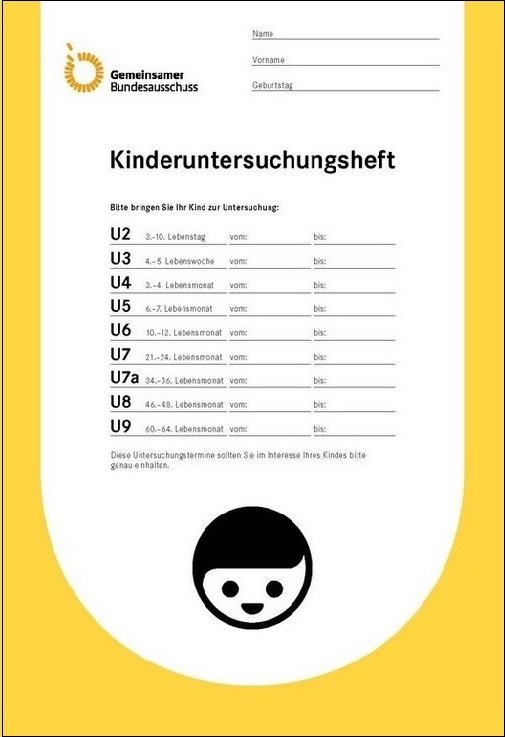What do the standard check-ups involve?
At each check-up, the child is measured and weighed, and the doctor gives them a thorough physical examination. Some of the check-ups include eye and hearing tests. The child’s parents are also asked whether they’ve noticed anything unusual or whether there are any problems at home. In addition, the doctor always checks how the child and the parents interact.
Depending on how old the child is, these check-ups include advice for parents on subjects such as:
- breastfeeding and diet,
- preventing accidents and sudden infant death syndrome (“cot death”),
- vaccinations,
- vitamin D (to prevent bone disease),
- fluoride (to prevent tooth decay), dental hygiene and dental check-ups,
- mental health and language development, and
- media consumption.
Equally importantly, each check-up is an opportunity to ask for advice and to get information on local services such as parent-child classes, advice centers and “family midwifes” (who provide support for the baby, mother and family through pregnancy and the child’s first year at home).
The check-up results are recorded in a special booklet, which in Germany is referred to as the gelbe Heft or “yellow booklet” because of its color.

